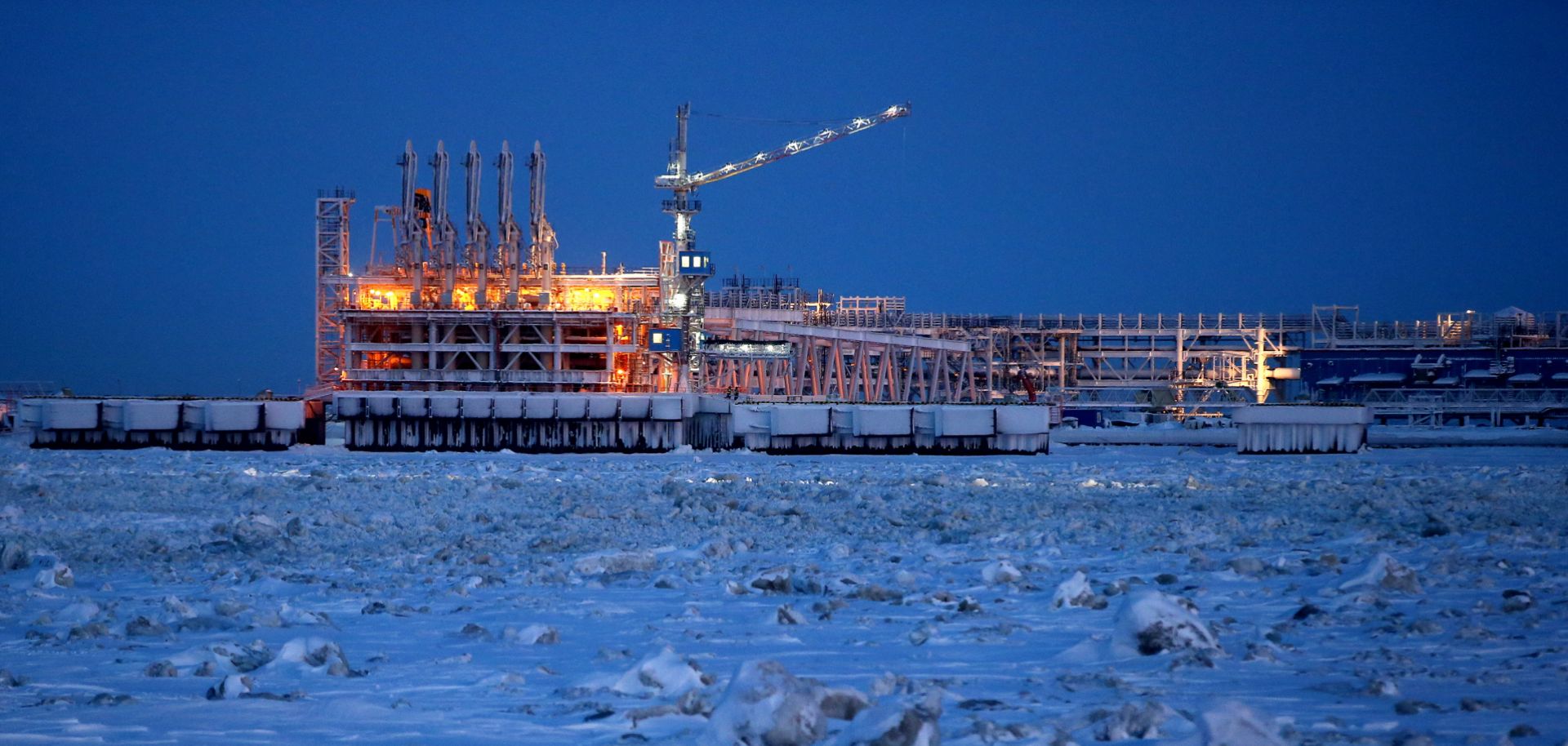ASSESSMENTS
Russia's Arctic Dreams Remain on Ice
Nov 6, 2019 | 10:30 GMT

This photo from Feb. 25, 2017, shows the construction site of the second mooring facility of the Yamal LNG plant in the village of Sabetta. Russia's future prosperity depends in part of the Arctic's resources, but getting them to market will be easier said than done.
(SERGEI FADEICHEV/TASS via Getty Images)
Highlights
- Despite the Kremlin's encouragement, state-owned oil and gas enterprises are likely to remain hesitant to commit resources to the costly development of Arctic assets.
- Moscow will try to reduce the financial burden of building Arctic infrastructure, but its proclivity to offer incentives on a case-by-case basis will hamper rapid development.
- In the end, the output from the Arctic could fall short of government targets to ensure sustained oil production levels and overall economic growth.
Subscribe Now
SubscribeAlready have an account?
